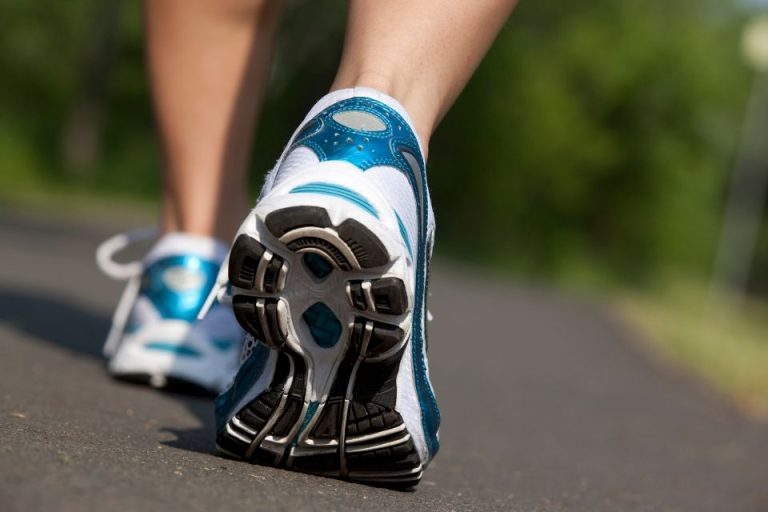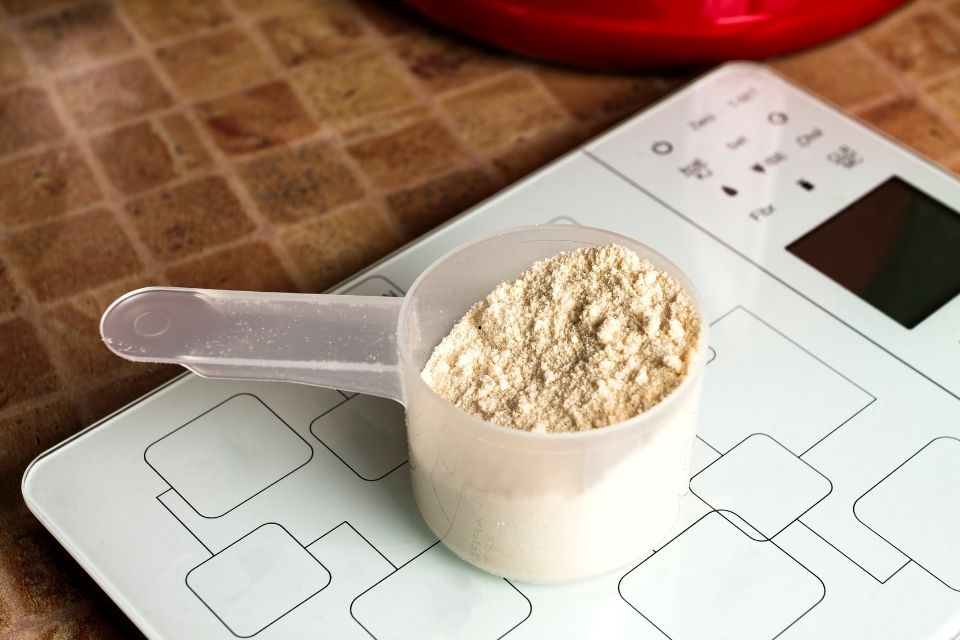Walking is one of the simplest and most accessible forms of exercise, but it still raises many questions. After all, does walking really help you lose weight, or is it just a way to stay generally healthy?
The answer is yes! Walking can help with weight loss, and even more: it’s an excellent starting point for anyone looking to build an exercise habit, improve endurance, and achieve a better quality of life.
To see real results, it’s important to understand how walking works in the body, what intensity brings the most benefits, and how to integrate it into a healthy routine.
This combination of factors will make your workouts more effective and ensure consistent progress.
Walking and weight loss: what science says
For weight loss to occur, your body needs to burn more calories than it consumes. Walking contributes to this calorie deficit, especially when done at a moderate to brisk pace.
Research shows that a person weighing 70 kg (154 lbs) can burn between 300 and 400 calories per hour of brisk walking.
Beyond calorie burning, walking improves circulation, strengthens muscles and joints, and helps manage stress, a factor often linked to weight gain. The more consistent your practice, the greater the impact on your body composition and overall health.
Benefits of walking for weight loss
One of walking’s main advantages is that it can be done almost anywhere, without the need for expensive equipment. Some of the most relevant benefits for those looking to lose weight include:
- Consistent calorie burning, even at moderate paces
- Improved physical endurance and respiratory capacity
- Reduced muscle tension and body aches
- Appetite and anxiety control
- Ease of maintaining the habit in the long term
These benefits make walking suitable for both beginners and those who already exercise but want to diversify their training.
How to walk effectively for weight loss
Walking any way you can is good, but if your goal is weight loss, there are strategies to boost calorie burn and performance:
- Aim for at least three to five sessions per week
- Gradually increase your walking duration to 45–60 minutes per session
- Keep a brisk pace that allows conversation but causes slight breathlessness
- Change your route to include hills or uneven terrain to increase intensity
- Wear light clothing and proper shoes to prevent discomfort or injury
- Stay hydrated before, during, and after your walk
The importance of intensity
Intensity plays a key role in making walking an effective weight loss tool. Very slow walks have a low fat-burning impact, while moderate to brisk walking increases calorie expenditure and stimulates the metabolism.
A good rule of thumb is the “talk test”: if you can talk but feel slightly out of breath, you’re probably at the right pace.
Does walking burn more than running?
Running burns more calories in less time, but it also requires better fitness and puts more stress on the joints.
Walking, being low-impact, can be practiced regularly by more people without injury risks, while still delivering consistent results.
How to maximize results
To speed up weight loss, combine walking with other healthy habits:
- Balanced eating with the right amount of protein, carbs, and healthy fats
- Strength training, such as weightlifting or functional training, to preserve and build lean muscle
- Quality sleep, which regulates metabolism- and appetite-related hormones
- Stress management, since high cortisol levels can hinder fat loss
How long does it take to see results?
The time it takes to notice changes varies from person to person, but in general, you may see improvements in endurance and energy within the first few weeks.
Visible changes in body composition usually appear within four to eight weeks, depending on training frequency and intensity, as well as diet.
Common mistakes that prevent weight loss
Even with all its benefits, walking may not deliver results if these mistakes are made:
- Always walking the same route at the same pace
- Underestimating the importance of diet
- Skipping sessions and lacking consistency
- Wearing the wrong shoes, leading to pain or injury
- Overtraining without allowing for proper rest
Avoiding these mistakes will make your workouts more enjoyable and effective, ensuring steady progress.
Motivation to keep going
One of the biggest challenges in any training routine is staying consistent. To keep motivation high, set realistic goals, track your progress with apps, invite friends to join you, and vary your walking locations. Small changes can help prevent boredom and keep you committed.
Personalize your workouts!
Walking helps you lose weight, improves your health, and can be the first step toward a more active, balanced lifestyle.
When done consistently, at the right intensity, and combined with other healthy habits, the results can be impressive.
If you want to start now and track your progress easily, the Befit app is your perfect partner. With Befit, you’ll get personalized workouts, calorie tracking, and tips to make every step count.
Download it today and turn your walk into a truly results-driven workout.








